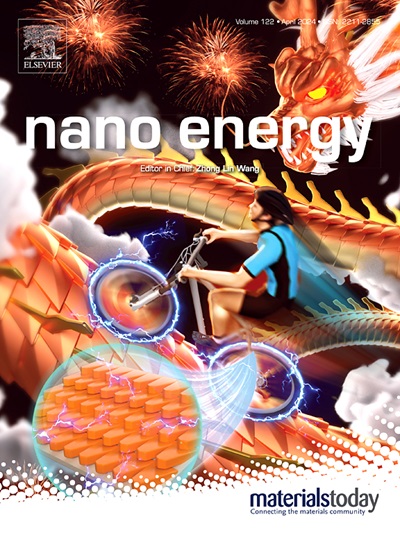Contact-electro-catalytic degradation of organic dyes based on solid-liquid-solid friction
Abstract
Energy and environmental challenges stand as pivotal issues in contemporary society. This study presents a novel solid-liquid-solid contact-electro-catalytic (CEC) approach based on n-type and p-type silicon wafers for the degradation of organic dyes such as methylene blue, rhodamine B, eriochrome black T and crystal violet. Notably, under indoor light conditions, the degradation efficiency of 5 ppm methylene blue can achieve an exceptional 96.25 % within a brief 18-min-friction treatment. Our investigation elucidates that the catalytic mechanism arises from the synergistic interplay between electron transitions induced by the tribovoltaic effect and electron transfer facilitated by CEC. Furthermore, the solid-liquid-solid CEC exhibits remarkable attributes such as complete recyclability and reusability, thereby opening new avenues for advancements in solid-liquid-solid CEC research.


| 公司名称 | 产品信息 | 采购帮参考价格 |
|---|
 求助内容:
求助内容: 应助结果提醒方式:
应助结果提醒方式:


